2019 | Panorama | Special Presentations
Panorama 40: The Soul of the Programme
2019 sees the 40th anniversary of the birth of the Panorama. It is being celebrated with a film programme put together by former Panorama head Wieland Speck and his long-term colleague, Andreas Struck. In this interview, they discuss their criteria for selecting the films, the history of the section and the perils of emancipation.
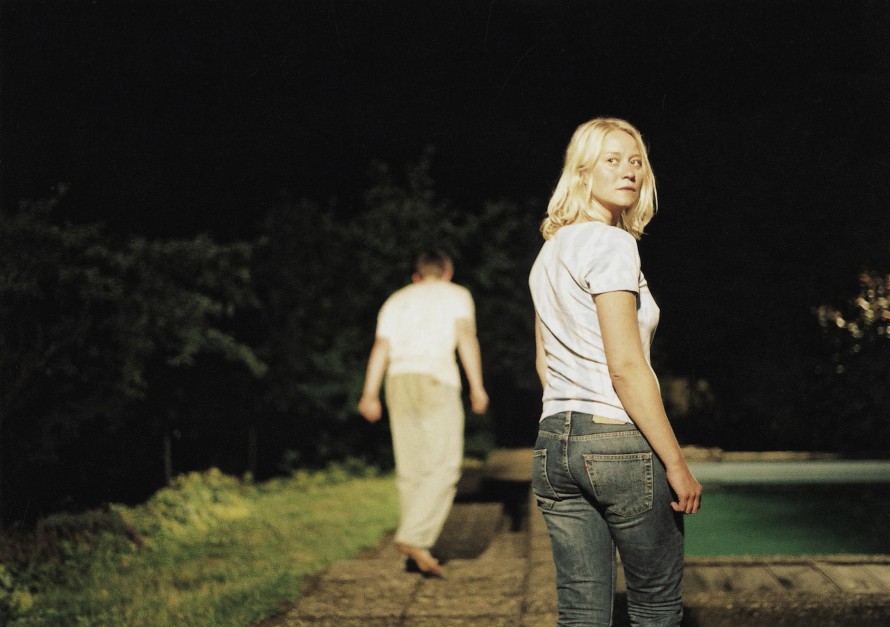
A look back: Trine Dyrholm in Ulrich Köhler's Bungalow from 2002
For the 40th anniversary you have undertaken to bring nothing less than the “soul” of the Panorama to the big screen...
Wieland Speck: A rather esoteric proposition that cannot be proven – except by 38 years of experience. I chose the idea of the “soul” because we’re presenting an eclectic programme that’s far too small to be truly representative of an entire 40 years’ worth of work. We’ve chosen films that have been important to the Panorama and independent cinema.
How did you go about making the selection?
Andreas Struck: The choices were really made by gut instinct. Wieland drew up a pre-selection and then we met in the summer. I gave him my feedback and thought about which films had really stuck in my memory. We allowed ourselves to be led by the power and joy of discovery.
WS: You need a lot of chutzpah in making choices, putting aside reservations and taking what intuitively comes to the surface. We had a pool of 1,800 feature-length films and 600 shorts to choose from. With this amount of films, you could curate 20 such programmes. We began with the idea of taking a retrospective look to give us a solid grip on a programme that has been constantly evolving over the last 40 years.
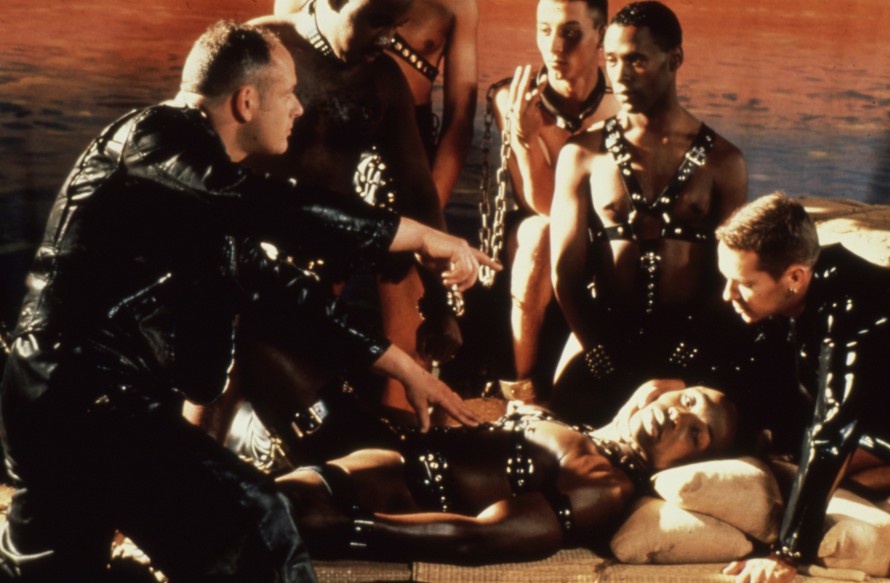
The Attendant by Isaac Julien (1993)
Then and Now
The Panorama was originally created to introduce a greater sense of freedom and the radical into the selection of films, in contrast to the Competition. Last year the highly controversial Touch Me Not by Adina Pintilie won the Golden Bear. Has this distinction between the Panorama and the Competition changed?
WS: It has, very much so in fact. Nowadays, the Panorama is screening films that could also be shown in the Competition, and vice versa. And that’s also the case now for other sections. Dieter Kosslick has placed a strong emphasis on there being an exchange between the sections – to form as much of a large, harmonious whole as possible. This strategy has also had its critics who have demanded a greater selectivity. It’s a cycle: harmony prompts calls for a greater selectivity and vice versa, something that seems to be inevitable in the entertainment industry. The goal over all these years for Manfred Salzgeber* and myself – and likewise for Margaret von Schiller** in programming the short films – was to ensure that important films didn’t slip through the net. Works that had a fundamental significance, also for how film is received in the future. That’s the true ambition of our work here: to choose the right films out of a huge selection so we can reveal an attitude and show a perspective.
The economy of the image has completely changed during the last 40 years. Today, there is an immense glut and accessibility of images online. How has this affected the position of film festivals?
WS: The more difficult it has become to navigate the ocean of moving images, the more important the work of programmers has become – we are now even called curators. We act as filters for this insane abundance and only allow certain images through the net. Thus, with the help of festival-goers, we become the yardstick of good cinema. Today we need film festivals like the Berlinale, in which so much knowledge, taste and political understanding is incorporated, more than ever. Online, everything is jumbled together and, meanwhile, robots are deciding what should be seen.
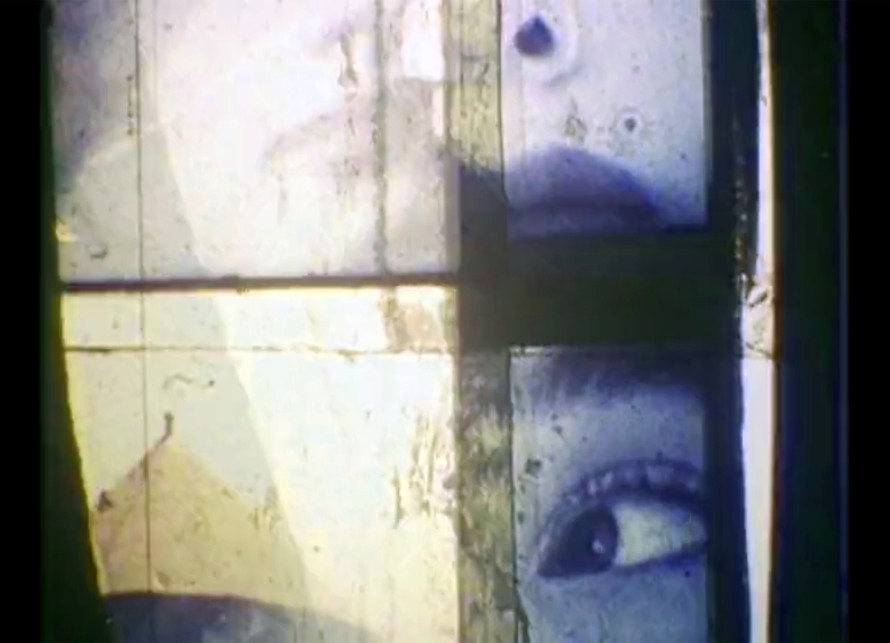
Girl from Moush by Gariné Torossian (1993)
What qualities do you need to be a curator?
WS: I advise young people who want to become a curator to “get a life first”. Curating is a typical job for people who are changing careers. You need to have a lot of experience on a variety of levels. These days, it is becoming professionalised and a job for which you can be trained, but with the result that pure theory is determining who sees what, simply because this flood of images has to be managed.
AS: The impressive visual nature of the films in the Panorama 40 programme really stands out, even in a digital world where we are overwhelmed with images and films. The works we’re screening from the 1980s and 90s possess an extraordinary intensity – particularly the short films. For Girl from Moush (1993), Gariné Torossian cut up images and then reassembled them and laid them on top of each other in a cubist fashion. Using picture books and the oral traditions of her ancestors, she cinematically imagines Armenia - the land of her parents – before she has even set foot in the country.
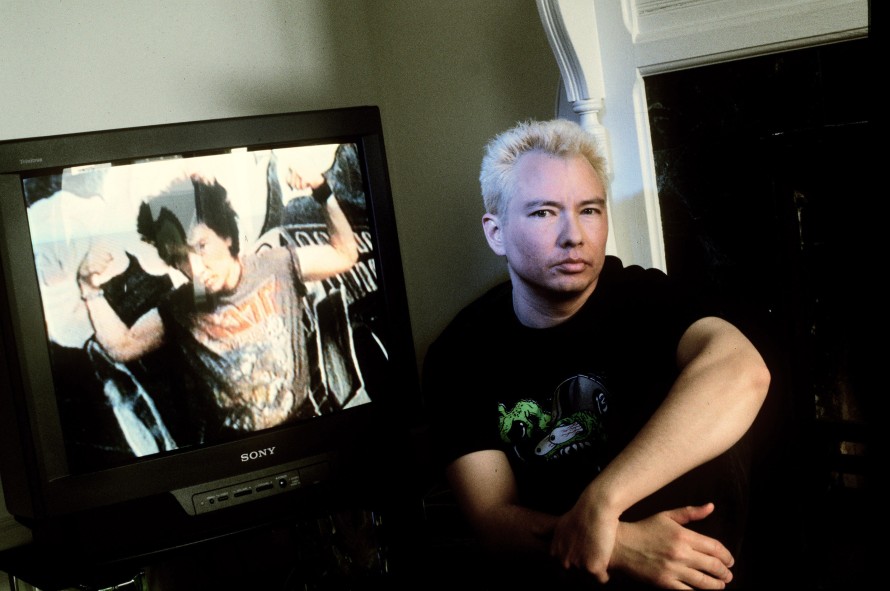
Max by Monika Treut (1992)
Explosive Topics
What was it like to attend the Berlinale of 40 years ago? Many topics were “shocking and unheard of” in the festival scene of that time, as you stated in your press release...
AS: A topic that came as a real bombshell was AIDS. It was a death threat that totally convulsed the gay community in the 1980s. Affected by this situation, directors immediately made films – with a great vulnerability. It had an entirely different dimension then than today, so it’s important to confront the current generation with films like Buddies (1985) by Arthur J. Bressan Jr. and Les nuits fauves (Savage Nights, 1992) by Cyril Collard. I can remember how shaken and shocked I was by the image of being completely at the mercy of this illness. Cyril Collard reacted as an artist, by creating a film with a power, fever and passion that overwhelms the viewer. He himself played the main role. I am eager to see how the present-day audience will connect with this film.
In my first year at the Panorama, I watched Max (1992) by Monika Treut. It’s a portrait of an impressive, highly charismatic character who changes from being a lesbian woman to a heterosexual man. Max speaks very openly, yet at the same time self-analytically, about the difficult, expensive and painful process of undergoing a sex change, a process in which you are entirely on your own. It created another of these really strong impressions that we want to screen again.
Were people already aware of these topics, or did they only discover them at the Berlinale?
WS: We knew about them, because we were a part of the subculture at the time. Manfred Salzgeber made them a public topic in his very first year. That was the idea: to really make a point of showing topics that were not yet “suitable” for society. And it’s still something that is possible today, even though everyone now claims to already know everything, thus again suppressing or stifling certain topics. Progress in emancipation entails the danger of falling prey to the illusion that everything has already been achieved. The fact that it’s once again possible to suppress these things is a very curious phenomenon. Homophobia, for example, manifests itself in the West today more in marginalisation than in direct repression.
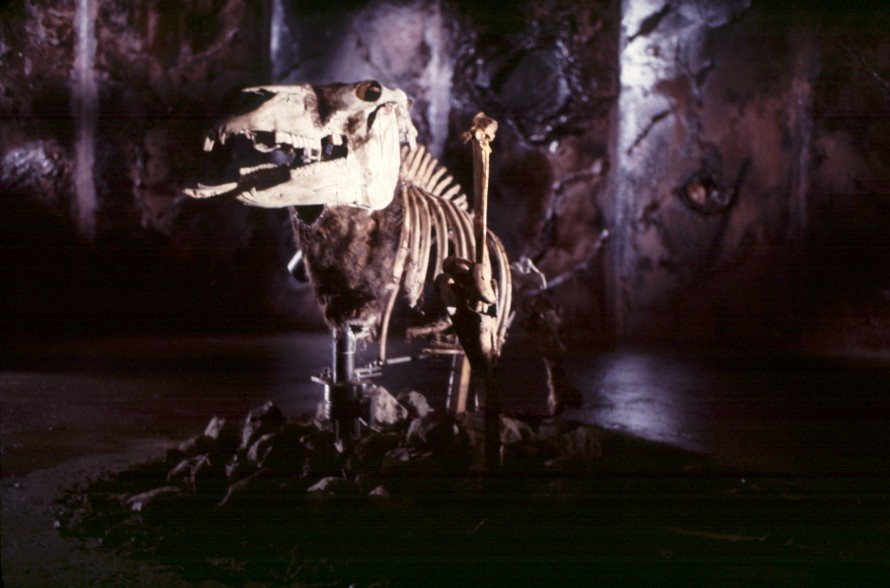
A Bitter Message of Hopeless Grief by Jon Reiss (1988)
The Flip Side of Diversity
Yet today, there’s hardly any word more overused than “diversity” and how it can be cultivated and encouraged to grow...
WS: Diversity is something we don’t need to strive for, because it’s already here. When we talk about it, it’s because we are fearful of losing it. And this is something where the baby is sometimes thrown out with the bathwater, if you listen to the discussions and the way these have become professionalised and are threatening to stiffen into a dogma. Because that leads to the loss of diversity. There is always another side to the coin. Among other things, emancipation has given us a right-wing senator for health and an American ambassador by the grace of Trump, who now proudly parades through the Brandenburg Gate with his husband. Ten years ago we were still proud to have an openly gay mayor who did that with state guests. You can’t pick and choose who you take with you on the road to emancipation.
In the world of film, such reactionary developments are not yet making themselves felt, but they will do. The Right is still assembling itself, but it will soon be much more present. And that will be reflected in the film programmes. In the last few years I’ve had a couple of films that dealt with right-wing topics where we already had to have security watching who was coming in and out. This type of edginess that the right wing is currently feeding off – it’s something we will have to deal with in the future. But this is also a consequence of diversity. I think Jon Reiss’s A Bitter Message of Hopeless Grief from 1988 provides an important contribution to the discussion about diversity, even though the protagonists are robots rather than people.
AS: That film doesn’t pander to the audience. It presents the topic of diversity in a very emotional and sensuous way. You can immediately interpret it as a metaphor for our own times, with its horrors and the machinations of power between highly creative robots tearing themselves and others apart.

Blue Diary by Jenni Olson (1997) und Fear of Disclosure by Phil Zwickler und David Wojnarowicz (1989)
Visibilities
With regards to the visibility of homosexuality, I find the conjunction of Blue Diary (1997) by Jenni Olson and Fear of Disclosure (1989) by Phil Zwickler and David Wojnarowicz fascinating. Both films are about sexuality, but they handle it in very different visual ways...
AS: You can indeed draw a useful comparison between these films. Both of them provide a dialogue between the images and the voice-over. In Blue Diary, a lesbian woman spends the night with a hetero woman; in Fear of Disclosure, an HIV-positive man meets an HIV-negative man. But the two films handle their images very differently. Blue Diary is rather meditative, showing deserted streets in San Francisco. To me, the dead-end streets reflect the emotional state of the protagonist. Fear of Disclosure works with different visual moments, chiefly between two go-go dancers: male bodies as they check each other out, circle each other, semi-naked, thus revealing their vulnerability. When the film came out in 1989, it caused a sensation. Both directors, Phil Zwickler and David Wojnarowicz, died from AIDS-related illnesses not long afterwards. It takes a great amount of courage to expose yourself in this way. Fear of Disclosure is a deeply moving legacy to the world.
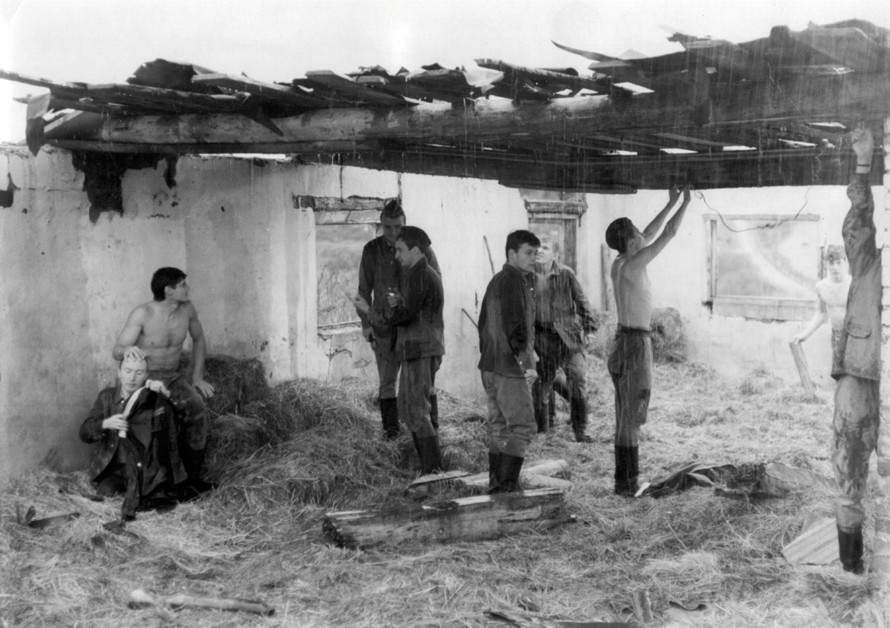
Sto dnei do prikaza (100 Days Before the Command) by Khusein Erkenov (1990)
Has the Panorama been criticised for the, at times, very explicit visibility in the films?
WS: There were always voices in the press that railed from the edges of the right wing. But they were remarkably few in number, because in those days a different tune was being played, from further to the Left. Now that the Right is becoming stronger, more criticism is to be expected. In politics, that’s already happening. Questions are being asked like: Why are queer projects being financed? Endless enquiries from the Right intended to paralyse initiatives and institutions.
AS: Filmmakers have always been finding ways to show things that are not permitted to be shown explicitly. In Sto dnei do prikaza (100 Days Before the Command, 1990), Khusein Erkenov depicts 20-year-old soldiers who are being suppressed and drilled in the Russian army. They have a suspicion that they will not survive this for long. The film uses incredible imagination to reveal how they find something to hold on to in their fantasies and how they establish connections with their emotions and their bodies. Homosexuality comes alive in this film, without it being shown directly. Sensorily, visually, via the images – there’s not much dialogue. Wieland’s film, Das Geräusch rascher Erlösung (The Sound of Fast Relief, 1982), is also about a brutal hierarchy and a patriarchal structure of violence. And here, once again, the power to resist lies in imagining how alternatives can be created. The flight into one’s own world of imagination takes on a creative element.
WS: Sto dnei do prikaza comes from a tradition and culture where very little is possible. That means everything has to be told between the lines, which is complicated in film because it is the most direct of all art forms. Telling something between the lines, between the images in film is more difficult than, for example, in a painting. The courage to expose yourself like that deserves great respect, even today. This film is a good example of the soul of the Panorama: to us, the attitude of the filmmakers, the films and the programme was always essential. That’s the combination that has, over the years, made the Panorama into one of the most sought-after programmes in the world.
* = Starting from 1980, Manfred Salzgeber was the first section head of the Panorama which, until 1985, was known as the Info-Schau. Wieland Speck took over the leadership in 1992.
** = Margaret von Schiller was responsible for the short film programme of the Panorama from 1993 to 2007.
Panorama 40 - The poster
On the occasion of the section’s 40th anniversary 2019, Panorama presents a special programme from its 40-year history. Marion Habringer designed a special poster for the event.
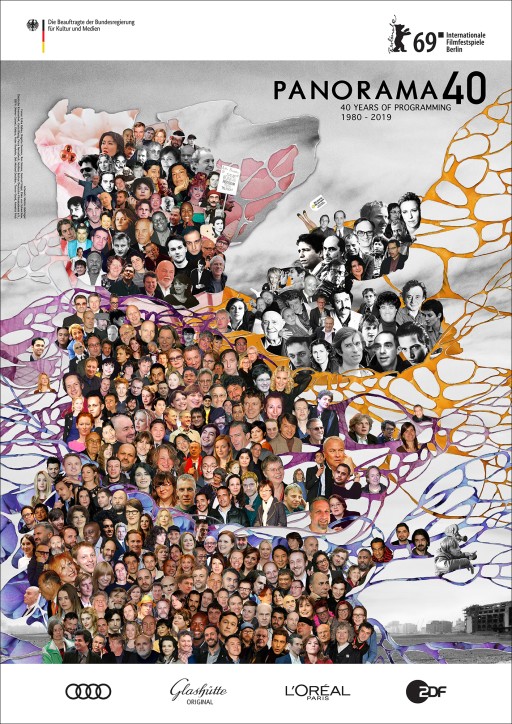
Artwork: Marion HabringerPhotos: Erika Rabau, Brigitte Dummer, Ron Simons, Gertrud Stipp!, Ekko von Schwichow, Deutsche Kinemathek, Karin Blasig, Petra Nettelbeck, Mathias Bothor/Deutsche Filmakademie e.V., DEFA (Heiner Carow), Debzo, Peter Roehsler, Dirk Michael Deckbar, Trevor Good, Annette Frick